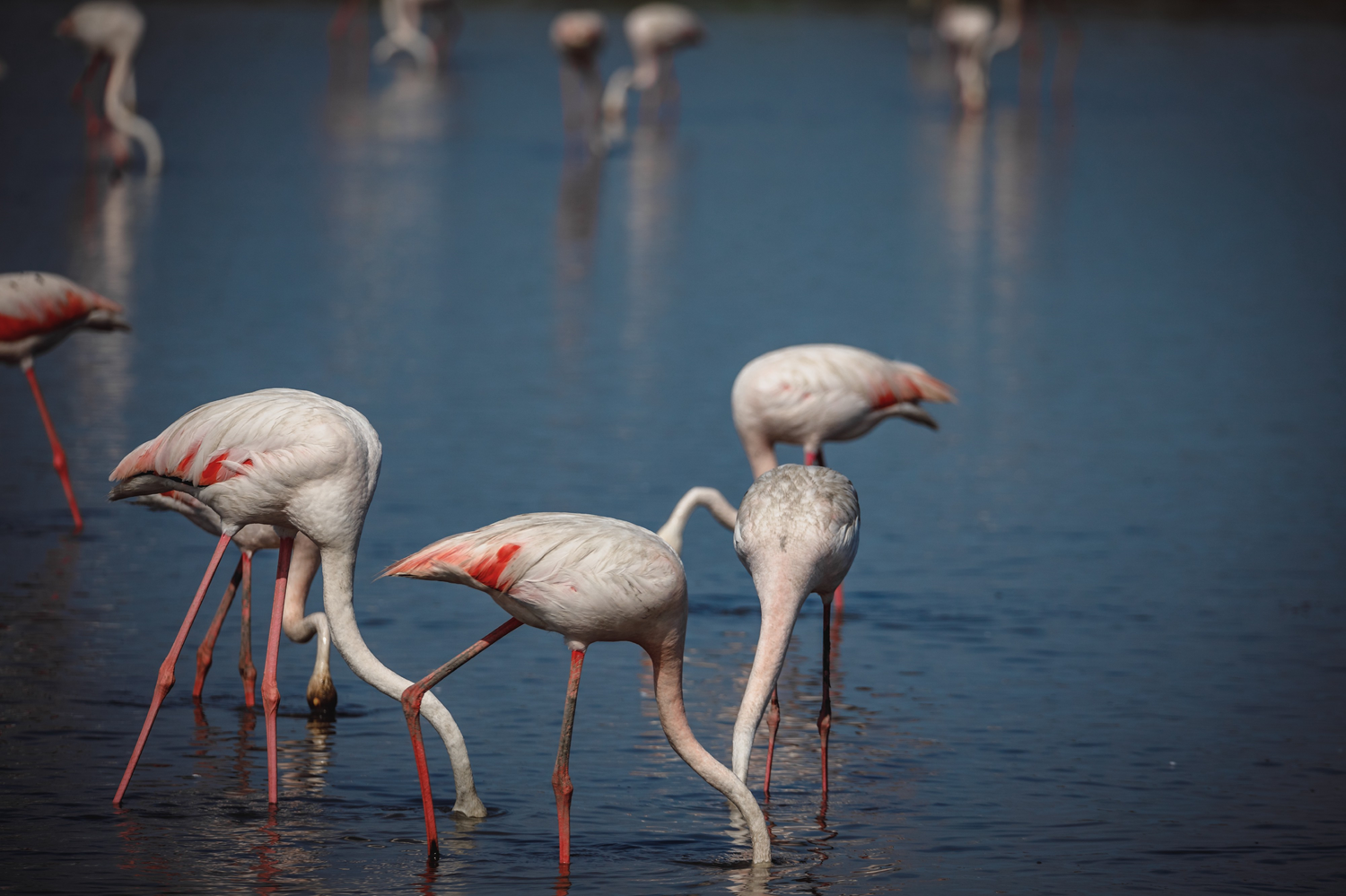Before you go any further...
I've read and accept the Terms of Use and the Privacy Policy.
I accept to receive newsletter and other communications associated with firms of The Explorers Network group'
I accept to receive commercial offers of The Explorers Network partners'.
Thanks!
Vote everyday for your favorite content
SENSITIVE CONTENT
This media contains sensitive content which some people may find disturbing or offensive.
You must be 15 years of age or older to view sensitive content.
Log inBirthday
Content being validated
THE EXPLORERS +
Watch our premium movies
The Explorers + is our premium movie catalog in Ultra High Definition (HD/4K/8K)! Hundreds of videos already available and daily new content on all your devices (web, mobile, tablets, smart TV).
Post content (photo or video) and get 1-month free
OR
Subscribe and support The Explorers Foundation's field actions for biodiversity.

Content being validated
Foraging for food
0
0
Due to the small size of their prey, the greater flamingos (Phœnicopterus roseus) spend most of their time foraging. With their heads totally or partially submerged, they trample the ground by quickly bending their long webbed legs and rotating their bodies around their beaks. This particular movement allows flamingos to dig the sand or mud in order to unearth the small invertebrates that live in the ground and constitute the basis of their diet.
Related content

Médias en cours d’exploration

